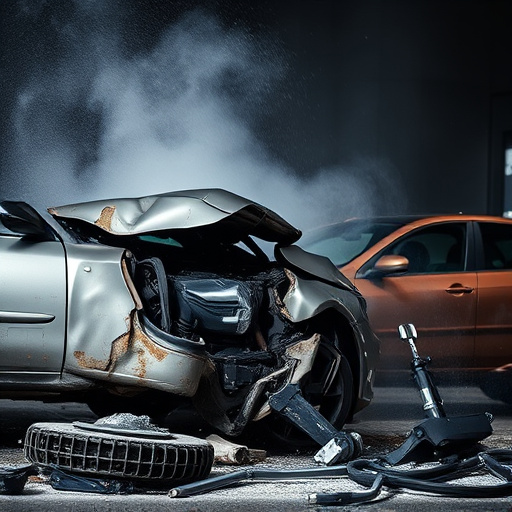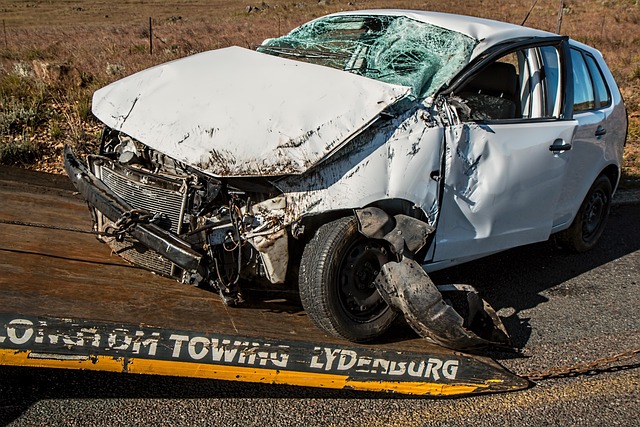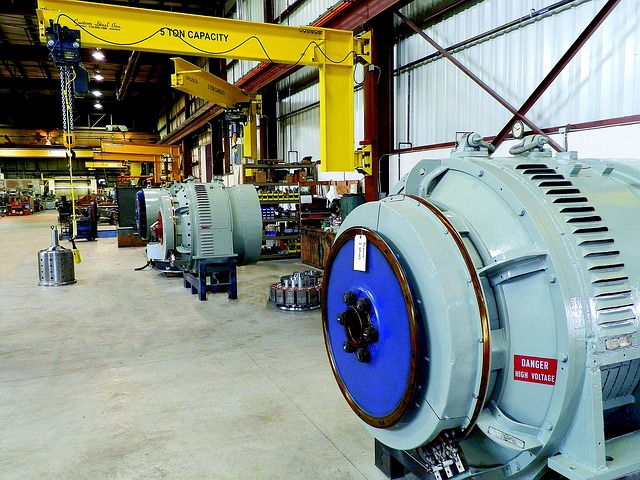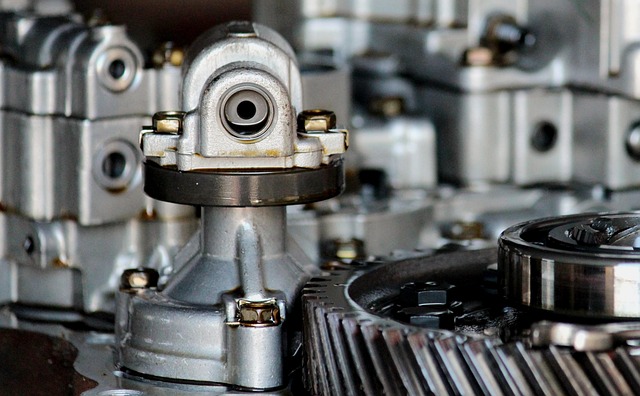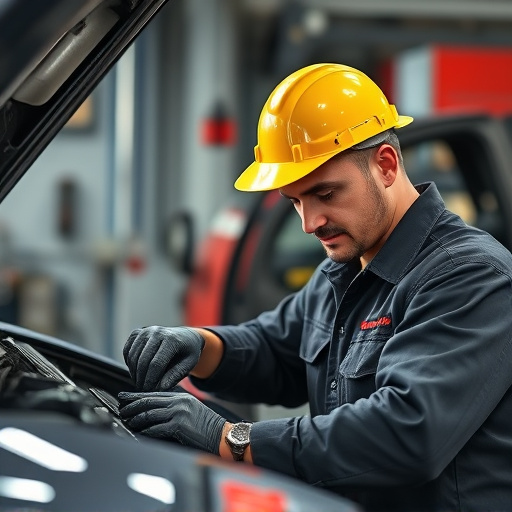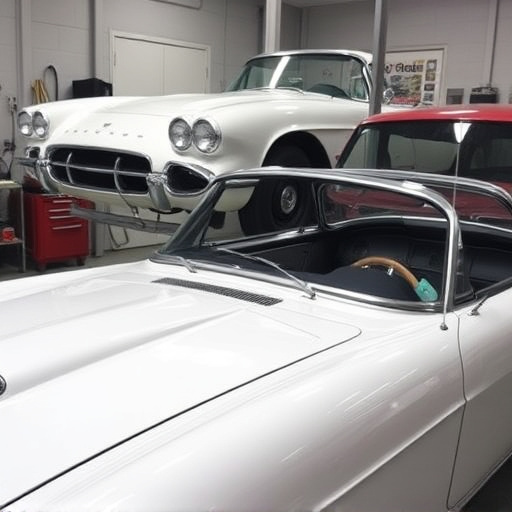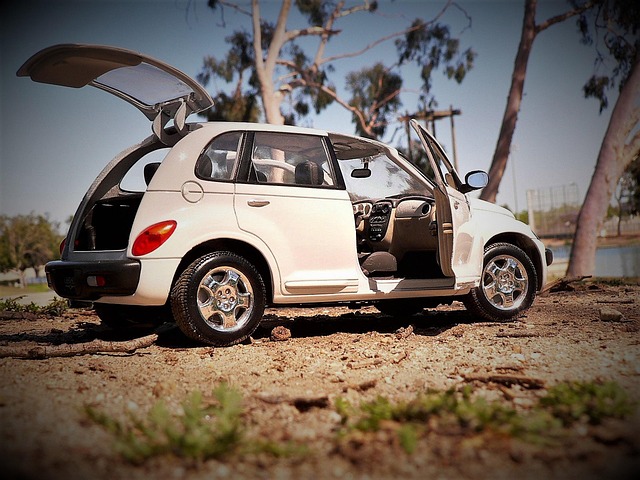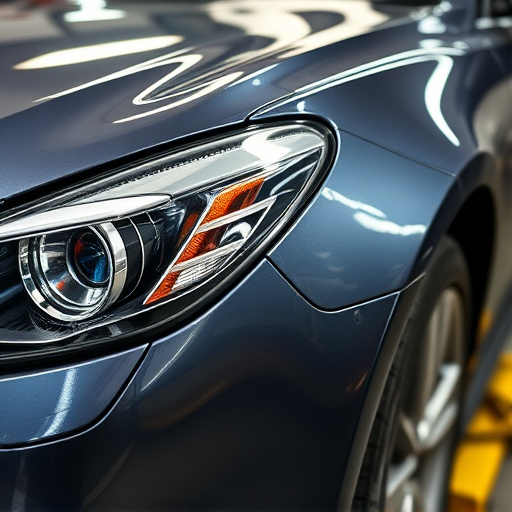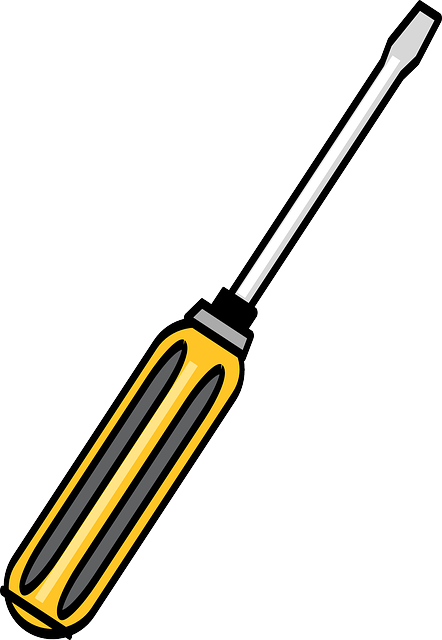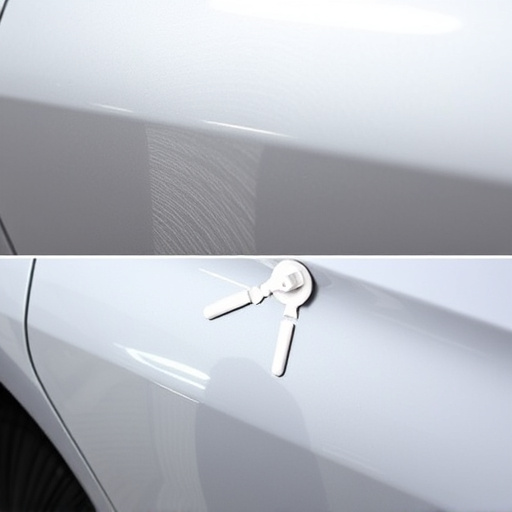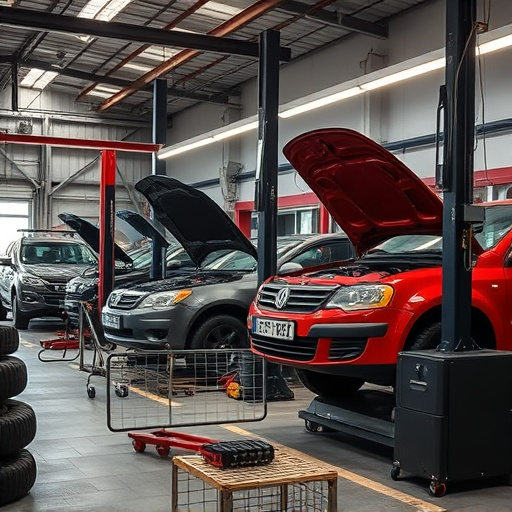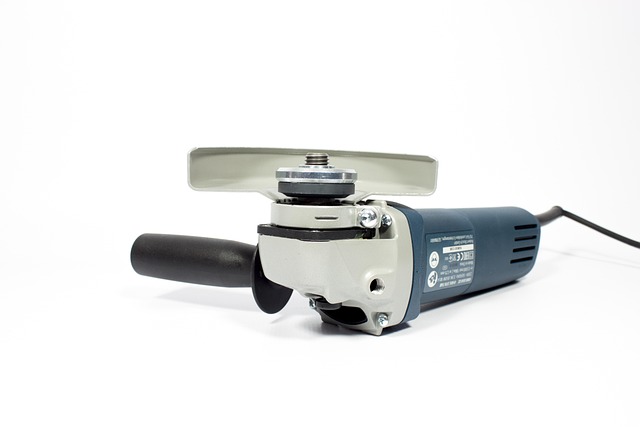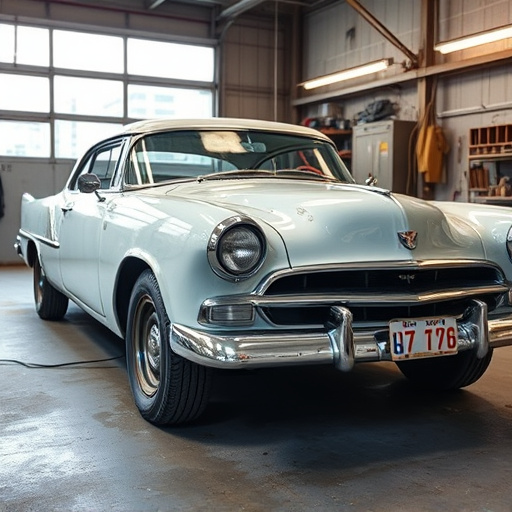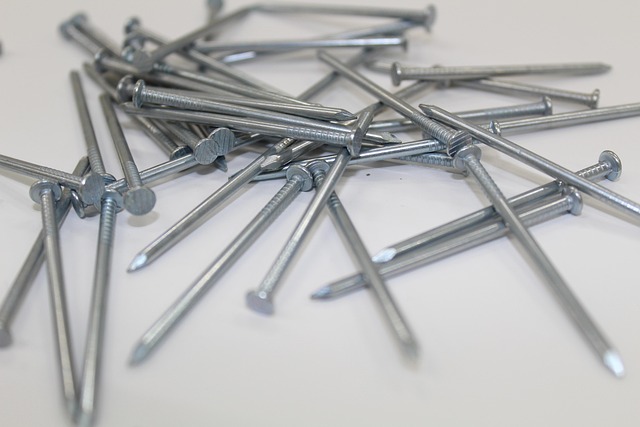Mercedes AMG body kits enhance vehicle aesthetics and aerodynamics through components like splitters, skirts, diffusers, and air dams, improving cornering and stability. Repairs are crucial to address damage from accidents or wear, maintaining structural integrity and aerodynamic performance. The process involves inspecting for dents, cracks, and delaminations in composite materials, removing damaged panels, preparing the site with epoxy and filler, sanding, priming, and painting, all while preserving aerodynamic advantages for optimal driving dynamics.
Mercedes AMG body kits are renowned for their sleek design, enhancing the performance and aesthetic appeal of high-performance vehicles. However, these intricate components can suffer damage from road debris or accidents, compromising aerodynamic integrity. This article delves into the world of Mercedes AMG body kit repair, offering a comprehensive guide to understanding the role of these kits in aerodynamics, identifying common issues, and mastering effective repair techniques for optimal vehicle performance. Learn how to restore your AMG’s seamless design and maintain its cutting-edge aerodynamics with expert tips.
- Understanding Mercedes AMG Body Kits and Their Role in Aerodynamics
- Common Issues and Damage to AMG Body Kits
- Step-by-Step Guide to Effective Repair and Restoration Techniques
Understanding Mercedes AMG Body Kits and Their Role in Aerodynamics
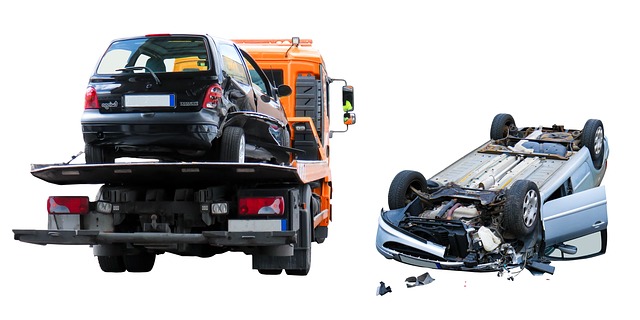
Mercedes AMG body kits are renowned for their sleek and aggressive aesthetic, designed to enhance both the visual appeal and aerodynamic performance of high-performance vehicles. These meticulously crafted packages include components like front splitters, side skirts, rear diffusers, and air dams, all engineered to streamline airflow around the car, reducing drag and increasing downforce. By carefully managing air flow, AMG body kits contribute significantly to improved cornering, stability, and overall handling dynamics, making them a crucial element in achieving optimal aerodynamic integrity.
For owners seeking to maintain or restore their vehicle’s aerodynamic efficiency, Mercedes AMG body kit repair is essential. Damage from accidents, exposure to harsh weather conditions, or routine wear-and-tear can compromise the integrity of these delicate components. A reputable car body shop offering specialized bodywork services can expertly assess and repair these kits, ensuring they function at peak performance. This not only preserves the vehicle’s aesthetic appeal but also maintains its aerodynamic advantage on the road, providing a smoother, more responsive driving experience for folks who demand both style and performance from their cars.
Common Issues and Damage to AMG Body Kits
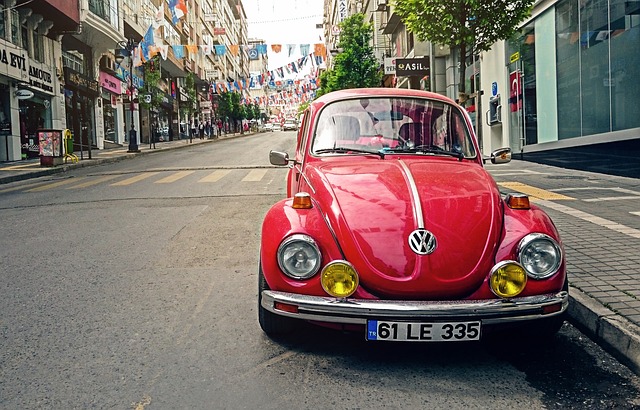
Mercedes AMG body kits are renowned for their sleek design and enhanced aerodynamics, making them a sought-after upgrade for enthusiasts. However, these high-performance additions are also susceptible to various issues due to their complex structure and exposure to demanding driving conditions. Common problems include damage from road debris, such as deep scratches, dents, and even broken components. These can compromise the structural integrity of the kit, affecting its aerodynamic performance.
Another frequent issue is paint damage, often caused by minor collisions or accidental bumps. The intricate design of AMG kits means that even small impacts can result in significant cosmetic issues. Furthermore, extreme weather conditions, such as stone chips and UV exposure, can lead to delamination and paint flaking over time. Proper Mercedes AMG body kit repair involves addressing these challenges, ensuring the car bodywork is restored to its optimal condition while maintaining the kit’s aerodynamic integrity.
Step-by-Step Guide to Effective Repair and Restoration Techniques
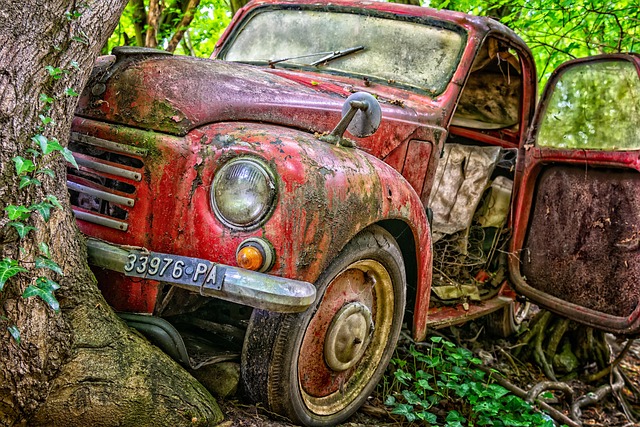
For a successful Mercedes AMG body kit repair, follow these precise steps for optimal aerodynamic integrity restoration. Begin by thoroughly inspecting the damaged area, taking note of any dents, cracks, or delaminations in the carbon fiber composite material. Next, use specialized tools to carefully extract and separate the affected panel from the vehicle’s chassis, ensuring minimal disruption to surrounding components.
After safely removing the damaged body kit component, clean the surface thoroughly using industry-standard solvents to remove debris, grease, or previous repair residues. This meticulous preparation step is crucial for achieving a seamless finish during reassembly. Employ high-quality composite repair materials, such as matching epoxy and filler, to accurately replicate the original design. Carefully apply these compounds, following the manufacturer’s guidelines for optimal curing times. Once healed, expertly sand and prime the repaired area to ensure proper adhesion for final painting.
The intricate design and precision engineering of Mercedes AMG body kits play a pivotal role in enhancing vehicle aerodynamics. However, these components are susceptible to damage from road debris, accidents, or poor storage practices. Prompt recognition of issues like cracks, dents, or misalignments is crucial for maintaining optimal aerodynamic integrity. By following a systematic approach to repair and restoration, using specialized tools and techniques, owners can restore their AMG body kits to their original condition, ensuring both visual appeal and improved performance on the road. Effective Mercedes AMG body kit repair is not just about aesthetics; it’s a key step in preserving the vehicle’s overall efficiency and its distinctive, cutting-edge design.
